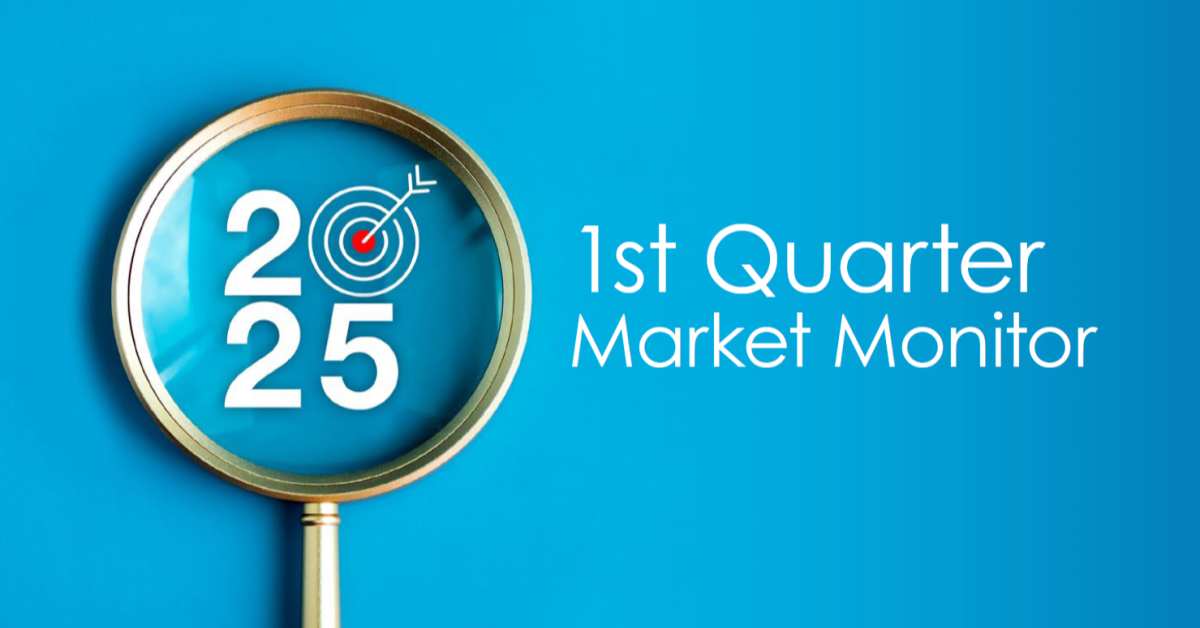Key Observations
- In a broad-based manner, markets retreated over the quarter adding to year-to-date losses. Fixed income, global equities and real assets all came under pressures as the headwinds of rising interest rates, persistent inflation and looming economic contraction continued.
- Inflation continued to show persistence through the second quarter with recent readings nearing 9 percent increases year-over-year. That is the largest annual increase in the Consumer Price Index in over 40 years giving the Federal Reserve an even more definitive mandate to move interest rates higher to cool economic activity.
- As expected, the Federal Reserve (the Fed) Open Markets Committee increased the Fed Funds Rate by 0.75 percent in June. An increase of 0.75 percent has not been seen since the 1990’s under then Chairman Alan Greenspan’s oversight. The current target rate stands at 1.50 – 1.75 percent.
Fixed Income
- The Bloomberg Aggregate (Agg) closed the quarter down and recorded the worst start to a calendar year since 1976, falling -10.4 percent. Pressure continued from the Federal Reserve increasing interest rates and spreads widened over rising concerns that the slowing economy will dip into recession.
- Still chasing the ghost of taming inflation, The Fed increased its target rate by 0.75 percent in June. An increase of 0.75 percent has not been seen since the 1990’s under then Chairman Alan Greenspan’s oversight. The current target rate stands at 1.50 – 1.75 percent.
- In light of the Fed’s hawkish tone the 10-year Treasury touched 3.5 percent for the first time since 2010, but retraced down to close the quarter at 3 percent as concerns for slowing economic activity grew over June.
- As calls for a potential recession grew louder, spreads on fixed income increased signaling greater concern for potential default. Spreads on investment grade debt rose to 1.55 percent, up from 1.16 percent at the end of Q1 and 0.92 percent at the end of 2021. Similarly, spreads on non-investment grade debt rose to 5.69 percent, up from 3.25 percent at the end of Q1 and 2.83 percent at the end of 2021. Spreads are now above 10-year averages.
- Municipal bonds were a bit more insulated during the quarter as fundamentals remained strong following direct and indirect federal support for COVID-19 relief. Toll road travel returned to above 90 percent of pre-pandemic levels which combined with increased fares produced all-time high revenues. Airports activity also showed resiliency and travel returned to 90 percent of pre-pandemic levels.
Equity
- All eleven U.S. sectors fell in the second quarter and pushed many major indexes into bear market territory for 2022, including the S&P 500 which has returned -21.4 percent from its January 3 peak. Defensive sectors like consumer staples and utilities held up better and energy continued to outperform on a relative basis given higher priced commodities. Technology and consumer discretionary stocks continued to struggle as investors reconcile the impact of higher interest rates and slow economic activity on growth-oriented securities.
- As a result of these shifting headwinds, value indexes have materially outperformed their growth counterparts. The Russell 1000 Value Index returned -12.2 percent vs the Russell 1000 Growth’s Index -20.9 percent return for the quarter. Through the first half of the year, value has outperformed growth by 15.21 percent (-12.9 percent vs -28.1 percent).
- Similar pressures mounted outside of the U.S., though both international developed and emerging markets fared better than U.S. markets. An outsized weighting to technology in U.S. stocks pushed its performance lower than developed European and Asian peers, while China emerged as the bright spot for the quarter posting positive returns.
- Amidst a sea of red, China owes its outperformance to a number of developments over the quarter; easing restrictions on their COVID-zero policies, tax cuts to incentivize business, selective tax relief for small businesses, and a moderation of newer regulations on internet-based businesses.
Real Assets
- Although inflation data remains elevated with the most recent reading of May CPI data at 8.6 percent, real asset returns were broadly negative during the quarter.
- Real estate ended the period lower, with domestic REITs falling by -14.7 percent. Property fundamentals appear strong, although the macroeconomic backdrop, in particular higher rates and the potential for an economic slowdown, is weighing on results. Tech-oriented segments, namely towers and data centers, held up best this period, while office continues to struggle due to their longer-duration leases and uncertainty around future demand.
- Despite a sharp pullback in June, commodities were the best returning real asset segment, declining by -5.7 percent for the quarter. Recessionary fears translate into the potential for lower demand if economic activity slows. Energy was the sole sector to generate a gain as strength in Brent and WTI Crude in April and May offset weakness in June.
Markets during the first half of 2022 have been challenging. While painful in the short-term, the selloff has repriced many assets to more compelling valuations on a forward-looking basis. During period of volatility similar to what we are currently experiencing, it is important to remain committed to a thoughtfully diversified portfolio.



